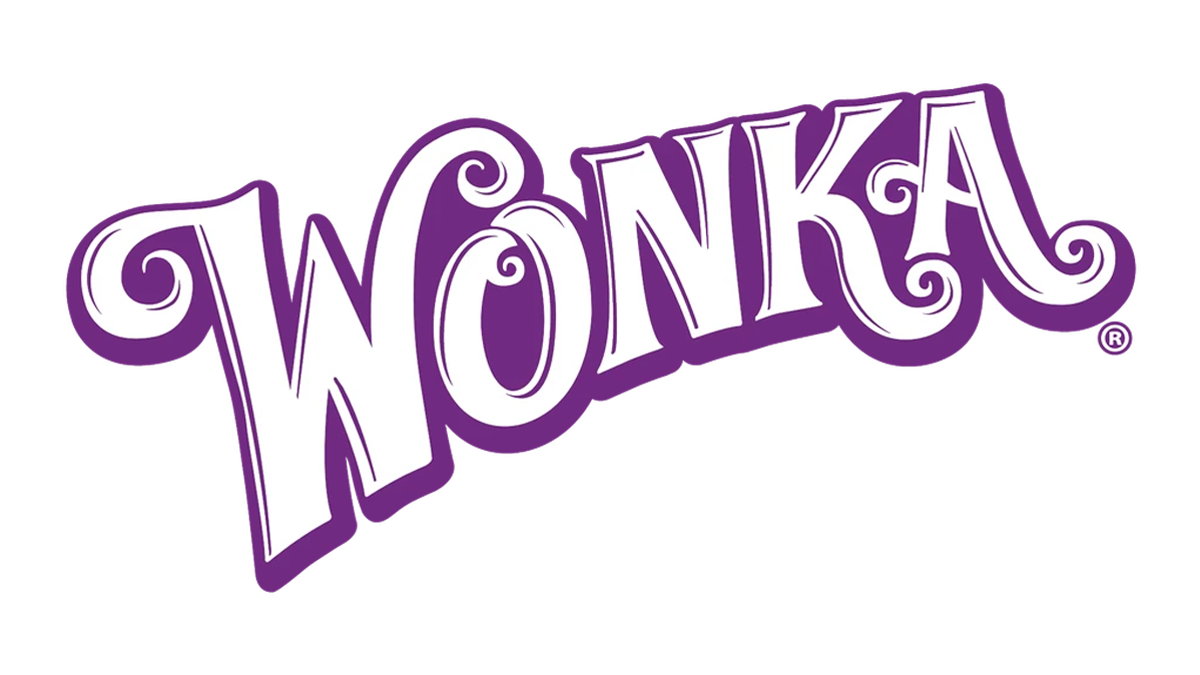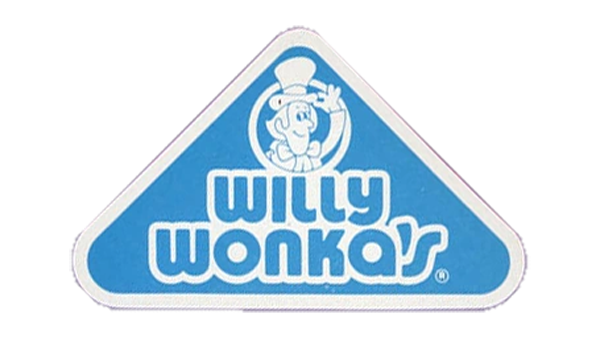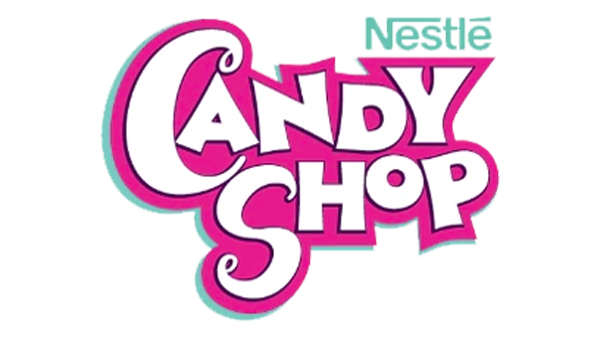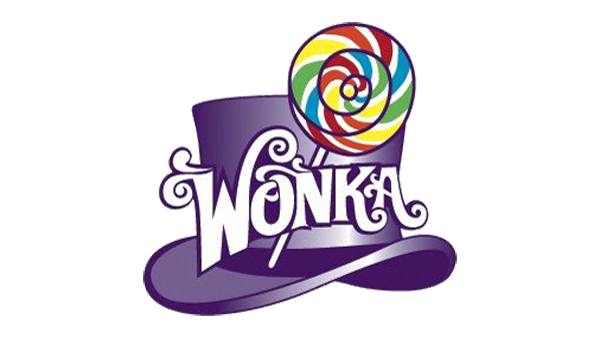Wonka is a game based on the fictional world created by author Roald Dahl in his classic children’s novel ‘Charlie and the Chocolate Factory.’ This game, inspired by the whimsical and fantastical universe of Willy Wonka’s chocolate factory, immerses players in a journey through various levels filled with puzzles, challenges, and confectionery delights. Players assume the role of Charlie Bucket, the novel’s protagonist, as they explore the vibrant and imaginative world of Wonka’s factory.
Meaning and History
The history of Wonka-themed games dates back to the late 1970s, with the release of the first video game adaptation of ‘Charlie and the Chocolate Factory’ for the Atari 2600 console. Since then, several iterations of Wonka-themed games have been developed across different gaming platforms, each offering its unique interpretation of Dahl’s beloved story. These games typically incorporate elements from the novel, such as the eccentric characters, magical candies, and elaborate machinery found within the chocolate factory.
In recent years, the title undergone a resurgence in popularity, particularly with the rise of mobile gaming. Mobile versions of Wonka-themed games have been released, allowing players to experience the enchanting world of Willy Wonka on their smartphones and tablets.
These modern adaptations often feature updated graphics, new gameplay mechanics, and social integration, providing players with an immersive and interactive gaming experience. Despite the evolution of technology and gaming platforms, the charm and magic of Wonka-themed games continue to captivate audiences of all ages, preserving the legacy of Roald Dahl’s timeless tale for generations to come.
What is Wonka?
Deeply rooted in the fantastical adventures of Willy Wonka’s Chocolate Factory, the essence of Wonka games offers players and consumers a gateway to a magical world. Inspired by Roald Dahl’s greatest works, the brand invites its audience to take on the role of Charlie Bucket.
1971 – 1996
The original Wonka logo features a caricature of Willy Wonka with a playful, curvilinear typeface for ‘WONKA’S’ that suggests whimsy and imagination. The color palette is limited, with white lettering and imagery standing out against a dark chocolatey background, which is indicative of the brand’s signature product.
1980 – 1982
For this brief period, the logo transitions to a round, emblem-like design that centers a more defined and cheerful Willy Wonka character illustration. The name ‘WILLY WONKA’S’ wraps around the character in a manner that mimics the circular frame, with the typeface being bold and inviting.
1982 – 1996
This logo design exudes a sense of playfulness and whimsy, featuring the iconic character Willy Wonka in a stylized depiction. Set against a triangular backdrop reminiscent of a candy wrapper, the inviting blue color scheme creates a friendly atmosphere. Willy Wonka sports his signature hat and bow tie, his cheerful expression adding to the overall charm. The “Willy Wonka’s” font choice is fun and bubbly, hinting at the magical and fantastical elements of the brand.
1993 – 1996
In this rendition, the logo retains its playful essence while adopting a simple black-and-white color scheme. Willy Wonka’s image is outlined with dynamic strokes, giving it a hand-drawn appearance. The font for “Willy Wonka” appears whimsical and irregular, further enhancing the logo’s unique charm and emphasizing the brand’s imaginative nature.
1996 – 1999
Here, ‘WONKA BAR’ is presented in a playful, twisting typeface that gives a nod to the fun and fantastical nature of the brand. The logo has a three-dimensional look with shadows and highlights, and the color scheme is a playful mix of yellow and white on a brown background that reinforces the chocolate theme.
1996 – 2008
The logo gets a regal makeover with ‘WONKA’ in a stylized, purple font, accented by a top hat perched on the ‘W’, which adds a touch of the character’s iconic attire. The typeface leans forward, creating a sense of motion and excitement, while the use of purple evokes a sense of luxury and the extraordinary.
2008 – 2015
In the latter logo, ‘WONKA’ is rendered in an elegant, swirling typeface that conveys a sense of magic and fantasy, reminiscent of the brand’s roots in Roald Dahl’s storytelling. The color is a deeper shade of purple, which is often associated with royalty and richness, suitable for a brand with a long history and a rich narrative.
2015 – 2018
Departing from previous character-centric designs, this version opts for a bold and colorful “Candy Shop” typeface reminiscent of swirling sweets, complete with highlights and shadows for a three-dimensional effect. The subtle incorporation of the “Nestle” branding hints at corporate ownership. The font choice and styling evoke a sense of fun and sweetness, targeting a youthful audience.
2023 – Today
The most recent iteration of the logo takes a minimalist and modern approach, featuring the “Wonka” wordmark in a playful, curvilinear typeface that conveys creativity and whimsy. The use of purple hues evokes a sense of luxury and mystery commonly associated with the Wonka brand, while the swirls incorporated into the lettering add a touch of the brand’s fantastical and imaginative qualities.
Font
The font styles of the Wonka brand have distinctly evolved with each iteration. The 1971-1996 logo presents a playful and curvy font that embodies the fantastical essence of the brand, with the characters of ‘WONKA’S’ nestled closely together, creating an intimate and whimsical feel. Moving to the 1980-1982 design, the typeface becomes rounder and clearer, encapsulating a friendly and accessible vibe, with ‘WILLY WONKA’S’ encircling the central character image.
In the 1982-1996 logo, a bold, slab-serif font is chosen, lending a solid and impactful presence to ‘WILLY WONKA’S,’ with ‘BAR’ showcased in a contrasting ribbon-like script that cuts across the logo for emphasis. For the 1996-1999 design, the ‘WONKA BAR’ text twists and turns, imbuing the logo with a playful and dynamic quality. From 1999-2008, ‘WONKA’ takes on a more majestic and stylized approach, with the font leaning forward, giving an impression of movement and intrigue. Finally, the contemporary logo uses elegant, swirling type that conveys a sense of enchantment and wonder.
Color
Initially, the brand sticks to a classic and simple aesthetic, using stark white colors against a dark background to create a strong visual contrast. In the 1982-1996 logo, the brand uses a more vibrant and adventurous logo with a vibrant maroon and orange color combination. The logo’s further transformation takes place between 1996 and 1999, with yellow being the dominant color against a chocolate brown background. This period features a shift towards a more appealing visual identity.
For the 1999-2008 logo, Wonka uses royal purple, traditionally associated with luxury and grandeur, to highlight the brand’s rich tradition and premium positioning in the market. Its brand designers have deepened the shade of purple, enhancing the perception of luxury while imbuing the brand with a sense of depth and nobility.












